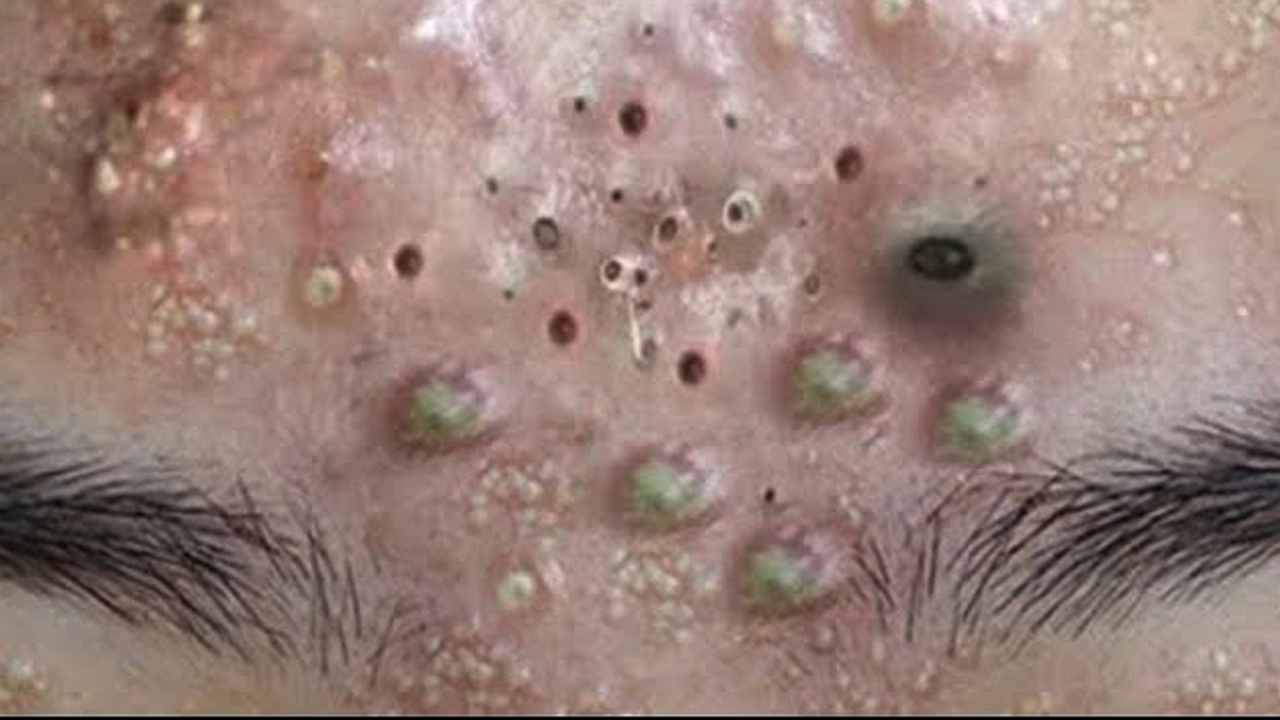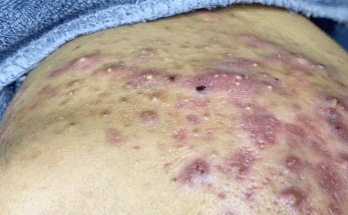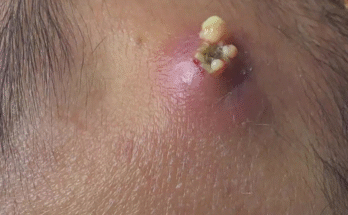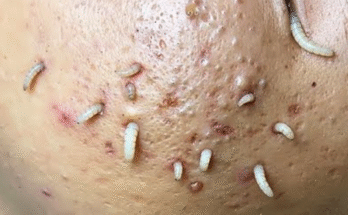Banishing Blemishes: Your Comprehensive Guide to Acne Scar and Hyperpigmentation Treatment
Are you tired of battling stubborn acne scars and dark spots? The quest for clear, radiant skin can feel daunting, but with the right knowledge and approach, you can significantly improve your complexion. This detailed guide unveils the secrets to fading those persistent marks and achieving a smoother, more even skin tone.
Understanding the Landscape of Acne Marks
Before embarking on your journey to clearer skin, it’s crucial to understand the different types of acne marks you might be dealing with. This will help you choose the most effective treatment strategy.
Post-Inflammatory Hyperpigmentation (PIH)
These are the dark, flat spots that often linger after a pimple heals. Think of them as lingering shadows of past breakouts. While generally fading over time, they can be stubborn.
Post-Inflammatory Erythema (PIE)
PIE manifests as redness or pinkness, stemming from damaged capillaries under the skin. This is more prevalent in individuals with lighter skin tones.
Acne Scars: A Deeper Issue
Acne scars are a different beast altogether, representing actual damage to the skin’s collagen structure. These come in two main forms:
Atrophic Scars: Indentations
These are depressed scars, categorized as icepick (deep, narrow), boxcar (broad, shallow), or rolling (wavy).
Hypertrophic Scars: Raised and Thickened
These scars rise above the skin’s surface, often appearing red and firm.
Topical Treatments: Your Arsenal Against Blemishes
Fortunately, a range of topical treatments can help combat hyperpigmentation and improve skin texture. However, remember consistency is key!
Key Ingredients to Look For
- Vitamin C: This potent antioxidant brightens skin and effectively fades dark spots. Consider products like SkinCeuticals C E Ferulic or The Ordinary Vitamin C Suspension 23% + HA Spheres 2%.
- Niacinamide: A multitasking ingredient that reduces redness, evens skin tone, and minimizes pores. Popular choices include The Ordinary Niacinamide 10% + Zinc 1% and Paula’s Choice 10% Niacinamide Booster.
- Alpha Hydroxy Acids (AHAs): These exfoliants, like glycolic and lactic acid, gently remove the top layer of skin, revealing smoother, brighter skin underneath. Look for products such as The Ordinary Glycolic Acid 7% Toning Solution or Drunk Elephant T.L.C. Framboos Glycolic Night Serum.
- Beta Hydroxy Acid (BHA): Salicylic acid, a BHA, excels at exfoliating and unclogging pores, particularly beneficial for acne-prone skin. Paula’s Choice Skin Perfecting 2% BHA Liquid Exfoliant is a widely recommended option.
- Retinoids: These derivatives of Vitamin A stimulate cell turnover, promoting the fading of scars and improving skin texture. Differin Gel (adapalene) and The Ordinary Retinol 0.5% in Squalane are readily available options. Remember to start slowly and gradually increase usage to avoid irritation.
- Azelaic Acid: This ingredient reduces redness and hyperpigmentation while also having antibacterial properties. Explore products like The Ordinary Azelaic Acid Suspension 10% or Paula’s Choice Azelaic Acid Booster.
- Kojic Acid: Known for its skin-lightening properties, it effectively targets dark spots. Consider products containing Kojic Acid, such as PCA Skin Pigment Gel or Koji White Kojic Acid Soap.
- Licorice Root Extract: This natural ingredient soothes irritated skin and contributes to brightening the complexion. Dr. Jart+ Cicapair Tiger Grass Color Correcting Treatment is a good example.
Using Topical Treatments Effectively
Start with a single active ingredient and gradually incorporate others. Always introduce new products slowly to assess your skin’s reaction. And perhaps most importantly, remember diligent sunscreen use, as many of these ingredients can increase sun sensitivity.
Professional Treatments: Elevating Your Skincare Game
For more stubborn scars or severe hyperpigmentation, professional treatments can provide significant improvements.
Chemical Peels
These treatments remove the outer layers of skin, revealing smoother, more even-toned skin underneath. Glycolic acid or salicylic acid peels are commonly used for mild to moderate scarring and hyperpigmentation.
Microneedling
Microneedling stimulates collagen production, improving the appearance of atrophic scars (indentations). Dermarollers can be used at home, but professional treatments are often more effective, particularly for boxcar and rolling scars.
Laser Resurfacing
Laser resurfacing uses lasers to remove damaged skin and stimulate collagen production. This treatment is best suited for severe scarring and deep hyperpigmentation. Fractional CO2 laser and pulsed dye laser are examples of commonly used techniques.
Dermal Fillers
Dermal fillers, such as hyaluronic acid-based fillers like Restylane or Juvederm, fill in depressed scars to create a smoother surface.
Microdermabrasion
Microdermabrasion gently exfoliates the top layer of skin, improving texture and tone, making it suitable for mild scarring and hyperpigmentation.
Home Remedies and Natural Approaches
While not as powerful as professional treatments, certain home remedies can offer supplemental benefits.
- Aloe Vera: Soothes and promotes healing.
- Honey: Possesses antibacterial and brightening properties.
- Rosehip Oil: Rich in natural retinoids and antioxidants.
- Turmeric: Anti-inflammatory and brightening (use cautiously due to potential staining).
Sun Protection: The Unsung Hero
UV exposure can worsen hyperpigmentation and hinder healing. Daily use of broad-spectrum sunscreen (SPF 30 or higher) and reapplication every two hours while outdoors is non-negotiable.
Patience and Consistency: The Keys to Success
Visible improvement takes time. Hyperpigmentation can take 3-6 months to fade with consistent treatment, while acne scars often require multiple professional treatments and several months for noticeable results.
When to Seek Professional Advice
If over-the-counter products and home remedies prove ineffective, or if your scars are severe, consult a dermatologist. They can recommend stronger treatments, such as prescription retinoids, cortisone injections, or more advanced procedures.
A Sample Skincare Routine
To help you get started, here’s a sample routine:
Morning Routine
- Gentle cleansing.
- Vitamin C serum application.
- Lightweight, non-comedogenic moisturizer.
- Sunscreen (SPF 30 or higher).
Evening Routine
- Cleansing to remove dirt and sunscreen.
- Application of a treatment product (niacinamide, azelaic acid, or retinoid).
- Moisturizing.
By diligently combining the right ingredients, treatments, and habits, you can effectively minimize the appearance of acne scars and hyperpigmentation. Remember, consistency is crucial! If you’d like personalized guidance tailored to your specific skin type, don’t hesitate to seek professional advice.





